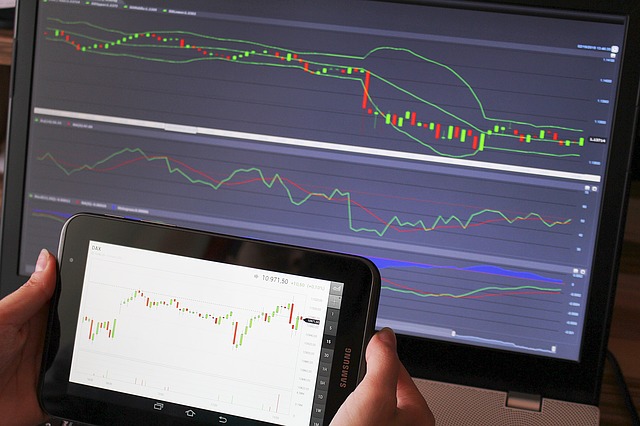At first glance, Bollinger Bands and Donchian Channels look the same, and may be thought that they work identically. Bollinger Bands are significant and popular trading indicators that are used by most traders in different security markets such as forex, cryptocurrencies, and stocks. Donchian Channels offer more reliable and stable trading opportunities, which depend on your trading strategy and the scenario.
In Bollinger or Donchian Channels, is one superior to the other? The answer is, it highly depends on the market nature, and the asset, as well as its volatility, your trading strategy, and your risk tolerance. Where the market is volatile and you have a medium to high tolerance to risk, Bollinger Bands will be the better option. Bollinger Bands are powerful, fast reacting, and flexible for use with highly volatile assets. The reverse is also true, and there are situations in which the Donchian Channels would be ideal.
Similarities Between Bollinger Bands and Donchian Channels
Bollinger Bands and Donchian Channels have three similarities:
· Indicator Appearance
Indicator appearance is the most obvious similarity between the Bollinger Bands and the Donchian Channels. The two indicators are made up of three bands, i.e., the upper, middle, and lower bands, so to the untrained eye, the two look the same.
· Measurement of Volatility
Both indicators measure the security market’s volatility. Trading security is termed as volatile when and if it records wild price fluctuations, and one with fewer fluctuations is less volatile.
· Their Response to Volatility
With the two indicators, expansion indicates volatility increase and a contraction a decrease in volatility. Bollinger Bands expand from the middle band and contract based on an increase decrease in volatility respectively. A Donchian Channel expands when the market is volatile and contracts if it is less volatile.
Differences Between Bollinger Bands and Donchian Channels
The primary difference between the two indicators is that Bollinger Bands depend on the standard deviation from the average, while Donchian Channels represent volatility via high and low prices. Their other differences include:
1. Indicator Calculations
Donchian Channels record the top highs and lowest of lows of prices over a specific timeframe. The Bollinger Bands in contrast show the difference between the two standard deviations from the SMA of the price information for that period.
2. The Relationship Between the Bands
The upper and lower bands in the Bollinger Bands indicator are arrived at by using the indicator’s middle line:
- Middle Channel+ 2 Standard Deviations+ Upper Channel
- Middle Channel- 2 Standard Deviations= Lower Channel
For Donchian Channels, the reverse is true, and the middle band is calculated by taking stock of the average of the lower and upper lines:
- (Upper Channel-Lower Channel) divided by 2= Middle Channel
3. Interpretation of Breakout
When the price breaks out of the lower or upper channel, it holds different interpretations. In Bollinger Bands, a break outside the lower or upper band shows potential for the trend to reverse. A price breakout over the upper band indicates that maybe the market is overbought and will revert. When the asset price breaks under the lower band, it tells that the prices have dipped a lot, but are due to reverse.
This is not the same as the Donchian Channel. A breakout indicates the price has moved out of the current trading range and a new trend is forming. If the asset price breaks over the upper band, it may mean an uptrend is starting. If the price breaks under the lower band, you should go short as a downtrend is starting.
When to Choose Bollinger Bands Over Donchian Channels
Each indicator has its strengths. You should choose Bollinger Bands over Donchian Channels in three situations:
- Signals in early Trade Entry and exit
- When trading in assets with high volatility
- When there are higher trading opportunities
When to Choose Donchian Channels over Bollinger Bands
- When you are not a risk-taker
- Trading in risky markets
Conclusion
Both indicators are common with traders for helping them, make trading decisions. They have some similarities, but also some differences. Decide which indicator to use depending on your trading needs, and also by considering factors like trading strategies, which asset you will trade, and the market nature of the asset.

